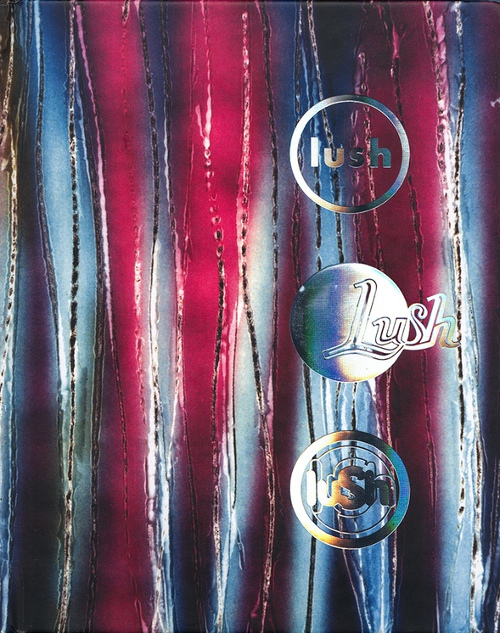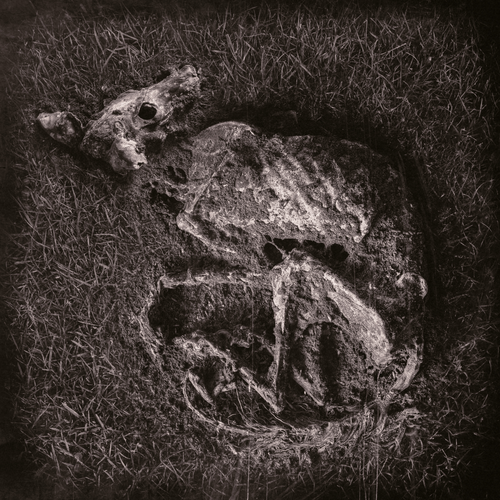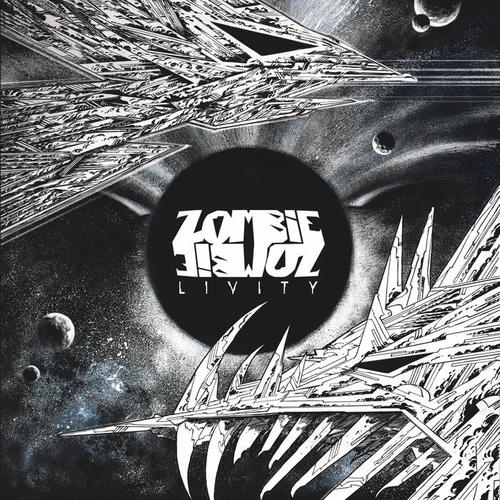More loveliness from the vaults of 4AD, and the label have pulled out all the stops on this one. A five-disc Lush retrospective housed in a glossy hardback book, surely destined to become an instant collector’s item.
Not only are the historical releases Gala, Spooky, Split and Lovelife captured, there’s tons of session tracks, demos and previously unreleased miscellany appended to each disc too – in all a gigantic 105 tracks with the visual history from each release beautifully documented as only 4AD can. It looks as amazing as it still sounds!
Gala
 Sweet harmonics peering through a hazy jangle of guitars, scoured chords – Lush lived up to their moniker from the start, peppering the late Eighties and early Nineties with a succession of sonic vignettes that shimmer-shaked a certain dreaminess. Gala is an effortless joyride, as if spun from the glitter-filled air of a new year’s celebration. It’s gushing and utterly gorgeous with plenty of edge to keep things going too Enya.
Sweet harmonics peering through a hazy jangle of guitars, scoured chords – Lush lived up to their moniker from the start, peppering the late Eighties and early Nineties with a succession of sonic vignettes that shimmer-shaked a certain dreaminess. Gala is an effortless joyride, as if spun from the glitter-filled air of a new year’s celebration. It’s gushing and utterly gorgeous with plenty of edge to keep things going too Enya.
Gala‘s a flawless compilation that gathers the early intrigue up, a trinity of early releases adding alternate versions of their two best tracks, even including an Abba cover (“Hey Hey Helen”) that sounds like they actually penned the original.
Spooky
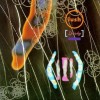 Now Spooky smoothed off some earlier rough edges and glinted with a highly polished finish. Cocteau Twin‘s Robin Guthrie was onboard for this one to smother the details in a thick syrup of post-production, adding a characteristic glisten that milked those angelic harmonies of Emma Anderson and Miki Berenyi for all their worth. I have the limited double 10-inch of this, and always thought the silvery sheen of the packaging matched its aural architecture.
Now Spooky smoothed off some earlier rough edges and glinted with a highly polished finish. Cocteau Twin‘s Robin Guthrie was onboard for this one to smother the details in a thick syrup of post-production, adding a characteristic glisten that milked those angelic harmonies of Emma Anderson and Miki Berenyi for all their worth. I have the limited double 10-inch of this, and always thought the silvery sheen of the packaging matched its aural architecture.
Split
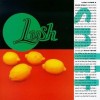 A few years later an absolute pearl of an album followed, a lean beast smarting some powerful songwriting on the subject of soured relationships, etc; the bitter lemons of the artwork maybe hinting at this. There’s plenty of poptastic pleasures to get hooked up by and some generous splashes of gnarly insistence too; the pokey “Hypocrite” in particular with its sod-you stance and the distorto-fuelled “Invisible Man” that showed a hitherto undiscovered abandon for the band.
A few years later an absolute pearl of an album followed, a lean beast smarting some powerful songwriting on the subject of soured relationships, etc; the bitter lemons of the artwork maybe hinting at this. There’s plenty of poptastic pleasures to get hooked up by and some generous splashes of gnarly insistence too; the pokey “Hypocrite” in particular with its sod-you stance and the distorto-fuelled “Invisible Man” that showed a hitherto undiscovered abandon for the band.
Lovelife
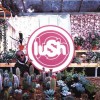 This was Lush in the spotlight – a commercial breakthrough with a hitherto untapped London twang to it. A great record with two very singable singles that got ridiculous amounts of airplay at the time. I think they appeared on Breakfast TV of all places (or was that something I dreamt?). This was (and still is) an album packed full of up-tempo plenitudes like the head-bobbing “500”, balanced neatly by the tugging heartbreaks of “Papasan” and “Tralala”.
This was Lush in the spotlight – a commercial breakthrough with a hitherto untapped London twang to it. A great record with two very singable singles that got ridiculous amounts of airplay at the time. I think they appeared on Breakfast TV of all places (or was that something I dreamt?). This was (and still is) an album packed full of up-tempo plenitudes like the head-bobbing “500”, balanced neatly by the tugging heartbreaks of “Papasan” and “Tralala”.
Topolino
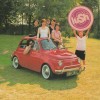 It a bit of a shame that Topolino ends the experience on a weaker note (for me at least). Originally a collection of b-sides and compilation tracks for the Japanese market from around the Lovelife period, it’s far too poppy for my liking, but definitely shows a certain mastery of genre. What is rather refreshing, though, is the way the bonus material has been scattered around. Apart from the sticking of next album demos on the end of the previous disc — which you would expect — it’s the way they mostly flip all over the place here (going against the usual chronological approach), cutting out that repeating track dilemma anthologies can sometime suffer from.
It a bit of a shame that Topolino ends the experience on a weaker note (for me at least). Originally a collection of b-sides and compilation tracks for the Japanese market from around the Lovelife period, it’s far too poppy for my liking, but definitely shows a certain mastery of genre. What is rather refreshing, though, is the way the bonus material has been scattered around. Apart from the sticking of next album demos on the end of the previous disc — which you would expect — it’s the way they mostly flip all over the place here (going against the usual chronological approach), cutting out that repeating track dilemma anthologies can sometime suffer from.
-Michael Rodham-Heaps-
